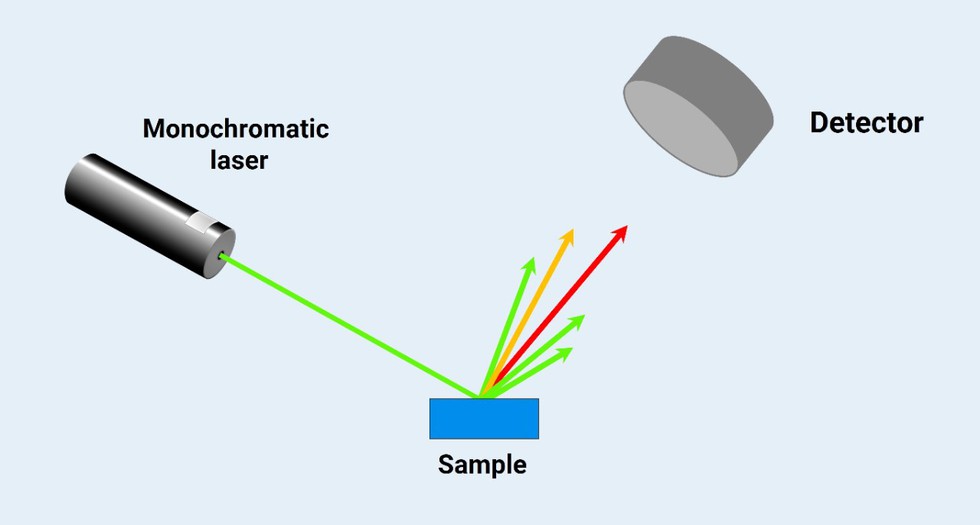
About Raman Spectroscopy:
Recently, a 12-year-old boy from USA,...
The Indian Agricultural Research Inst...
The Global Biofuel Alliance (GBA) has...
The National Green Tribunal (NGT) rec...
The National Green Tribunal (NGT) rec...
Vietnam has been pushing the Presiden...
According to a new study a huge crate...
Maillard Reaction explains about comp...
Recently, India contributed $5,00,000...
Recently, Punjab Agricultural Univers...